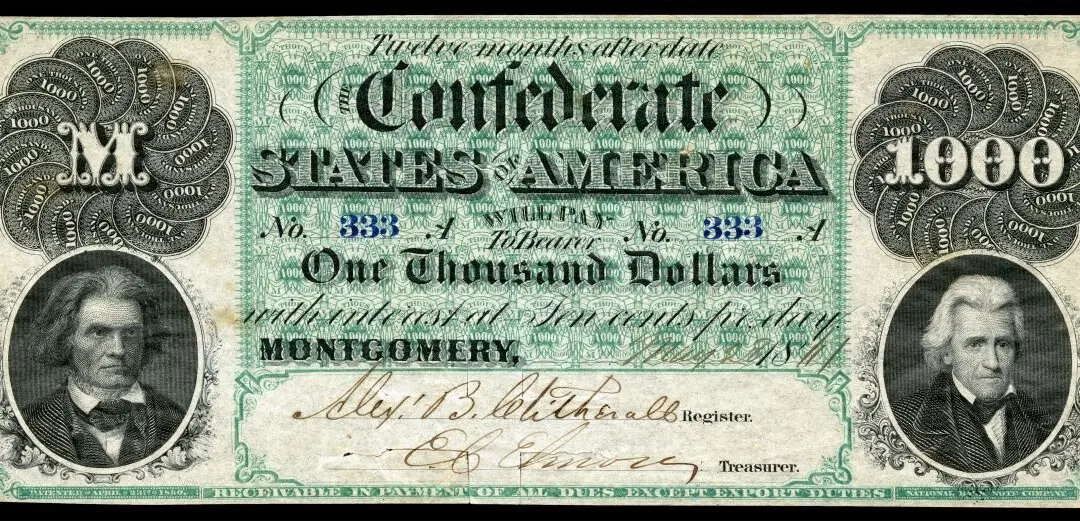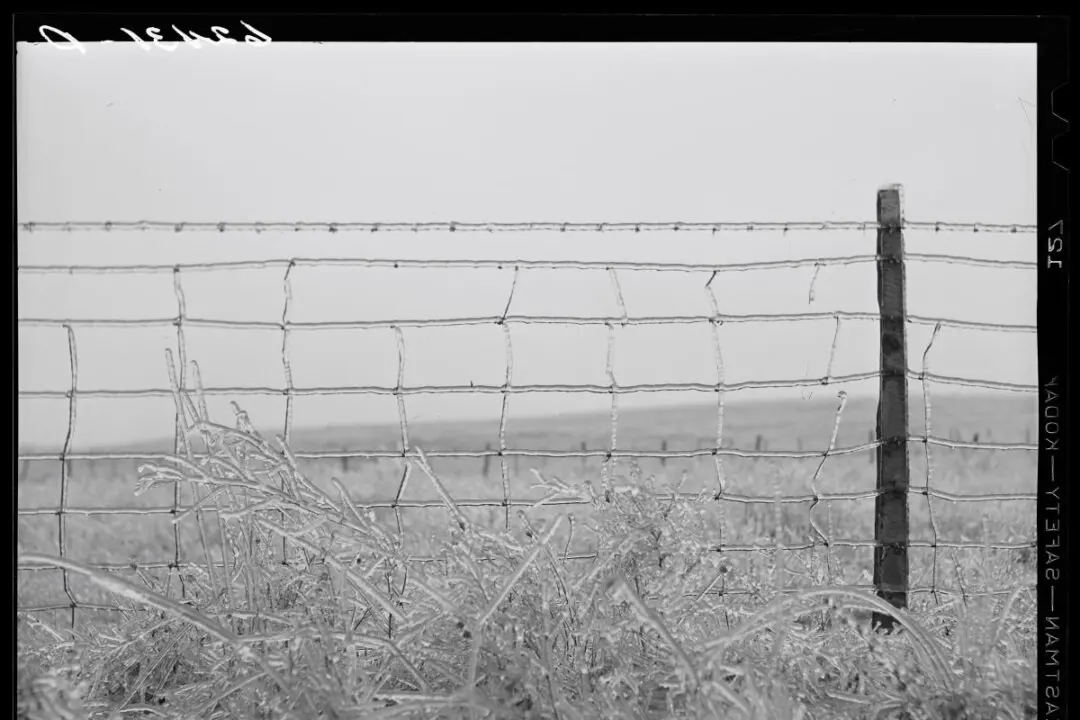Luck has seemed to follow Jack Hamlin like a shadow. He was born on Oct. 15, 1921, in Springfield, Missouri. Over the past 100 years, his life has been full of providential moments, even when it seemed otherwise at the time.
Hamlin is a product of interesting and tumultuous times for the nation and the world, having grown up as a child in the Roaring ‘20s and becoming a teenager during the Depression years. Just as he exited his teenage years, he enlisted in the military, shortly after the attack on Pearl Harbor.
But before the war, Hamlin’s focus was on two things: girls and baseball. In his Model A, he was busy going to the movies at the Princess Theater and enjoying double-dates with friends, like the eventual longtime host of “The Price Is Right,” Bob Barker. His baseball days had begun when he was very young and continued throughout high school.
After graduating in 1939, Hamlin attended Drury College (now University). But his baseball days were still ahead of him. His athletic ability caught the eye of Missouri Sports Hall of Fame baseball scout Tom Greenwade, who signed him to a minor league contract with an affiliate of the New York Yankees. Hamlin continued his schooling and would later play in the semi-professional Ban Johnson League, the same league Mickey Mantle would play in nine years later. (Greenwade would sign Mantle to a Yankees contract in 1949, and four years prior, recommend Jackie Robinson to a major league contract; he had scouted Robinson for the Brooklyn Dodgers before joining the Yankees.)
[embed]https://www.youtube.com/embed/fjO_vAt5PL0[/embed]A Dire Miracle
While playing baseball in 1939, Hamlin developed rheumatic fever, which commonly results from untreated scarlet fever or strep throat. The inflammatory disease kept him away from baseball and most everything else for nearly a year. In his wing of the hospital, he was one of four who was suffering from rheumatic fever; the other three would die. His physician, Dr. Max Fitch, saved his life when he discovered the recent development of a pill for rheumatic fever.
At the time, suffering from rheumatic fever seemed anything but providential. His doctor’s timely discovery not only saved his life then and there, but quite possibly in the long term as well. About a year later, on the first Sunday of December in 1941, 353 Japanese aircraft took off from four carriers and attacked the U.S. Naval Base at Pearl Harbor. The attack resulted in the deaths of 2,403 people, including 68 civilians, and wounded more than 1,000 others. Nineteen naval vessels were destroyed or damaged, including eight battleships. When news hit that America was “suddenly and deliberately attacked by naval and air forces of the Empire of Japan,” it took only 24 hours for Congress to declare war. Hamlin was one of the many who would enlist to fight.
He and four friends, who had been fellow Boy Scouts, decided to enlist in the Marines. Hamlin was turned down. He tried enlisting in the Navy with Barker. Again, he was turned down. The issue was a result of his rheumatic fever; it had enlarged his heart, making him physically ineligible to join any of those branches. Then two of his fellow baseball players told him about the U.S. Coast Guard. He soon became a boatswain’s mate.






